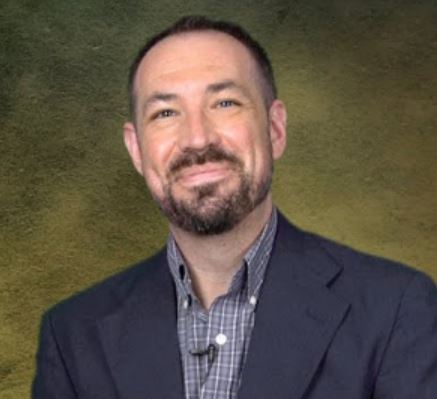
Two specialist cleaners undertook the annual cleaning of Ushiku Daibutsu, the world’s tallest bronze Buddha statue, on Monday. This formidable task, involving scaling the 120-meter statue of Amitabha Buddha, has been carried out by the same two men for nearly 25 years.
Ushiku Daibutsu, a towering symbol of Japanese Buddhism in Ushiku City, northeast of Tokyo, is meticulously cleaned once a year to maintain its impressive appearance. The cleaners, Kazuyoshi Taguchi, 54, and Kazumi Minowa, 51, used high-pressure water guns to remove accumulated debris and bird droppings.
“It’s a very unusual task,” said Taguchi, who noted that when the two men first started the annual duty “we had no idea how to clean the statue and faced many difficulties, like our bodies being rolled and blown around by the wind.” (Japan Today)
The cleaning process involves carrying ropes and buckets of water up ladders to the top of the statue, which is three times taller than New York City’s Statue of Liberty without its plinth. The two men then descend through the 480 coils of hair, each measuring a meter wide, to clear a year of dirt from the statue’s ear.
Ushiku City is historically significant to Japanese Buddhism as the location where the revered 13th-century priest Shinran Shonin founded Jodo Shinshu, one of most prominent Buddhist traditions in Japan. Ushiku Daibutsu, completed in 1993, serves as both a religious symbol and a tourist attraction. Visitors to the monument can take an elevator inside the statue to view the landscape from windows located in the chest, 85 meters above the ground. The statue held the record for the tallest statue in the world from the time of its completion until 2008.
Neither Taguchi, an amateur boxer, nor Minowa, a fishing enthusiast, had any background in climbing before they began this task. Taguchi expressed pride in performing what is traditionally known as “soot removal,” a practice that has deep cultural roots in Japan and is an annual event during which monks and worshippers clean temple altars and buildings.
“Usually, we use bamboo brooms, but they are just too small for this Buddha statue,” explained Masahiro Maekawa, a representative of Ushiku temple. “This event also has the meaning for us of reflecting on the year and starting a new one with a fresh mindset.” (The Star)
Over the years, Taguchi and Minowa have gained significant expertise in their unique job. Despite the challenges, they continue to perform the task with dedication and reverence, ensuring that the Ushiku Daibutsu remains a gleaming symbol of Japanese Buddhism for visitors and worshippers alike.
The practice of “soot removal” is not unique to the city. Throughout Japan, temples regularly engage in this ritual cleaning to honor tradition and maintain sacred spaces. However, the scale of the task at Ushiku Daibutsu is unparalleled, given the monument’s size and prominence.
The tradition of cleaning large statues and temples across Japan serves as a reminder of the cultural and spiritual values that continue to shape Japanese society. It also reflects the dedication of individuals like Taguchi and Minowa, whose efforts maintain the beauty and sanctity of these iconic symbols.
The annual cleaning reflects a broader effort to preserve and honor Buddhist traditions in Japan. According to a 2017 survey by the Japanese government, approximately 69.8 per cent of Japanese people identify as Buddhists, making it one of the nation’s most practiced religions. Demographers note that many Buddhists also take part in Shinto practices, and in the same survey only 40 per cent claimed to believe in life after death. The Jodo Shinshu school, associated with the city of Ushiku, is particularly influential, with millions of adherents nationwide.
See more
Japanese duo spruce up world’s tallest bronze Buddha (Japan Today)
Japanese duo spruce up world’s tallest bronze Buddha (The Star)
Best photos of September 9: From a giant Buddha in Japan to a broken bridge in Vietnam (The National News)
Measuring religion in Japan: ISM, NHK and JGSS (Pew Research)
Related news reports from BDG
Buddhist Temples and Japanese Americans across the US Celebrate Obon Festival
Buddhist Priest in Japan Combines Buddhist and Christian Iconography in New Art Piece
Court Orders Stolen Buddhist Statue in South Korea to be Returned to Japan
Japan’s Koyasan Temple Complex Hosts Two-Month Celebration of Buddhism and Art
Historic Japanese Temple Allegedly Vandalized by Canadian Teen













